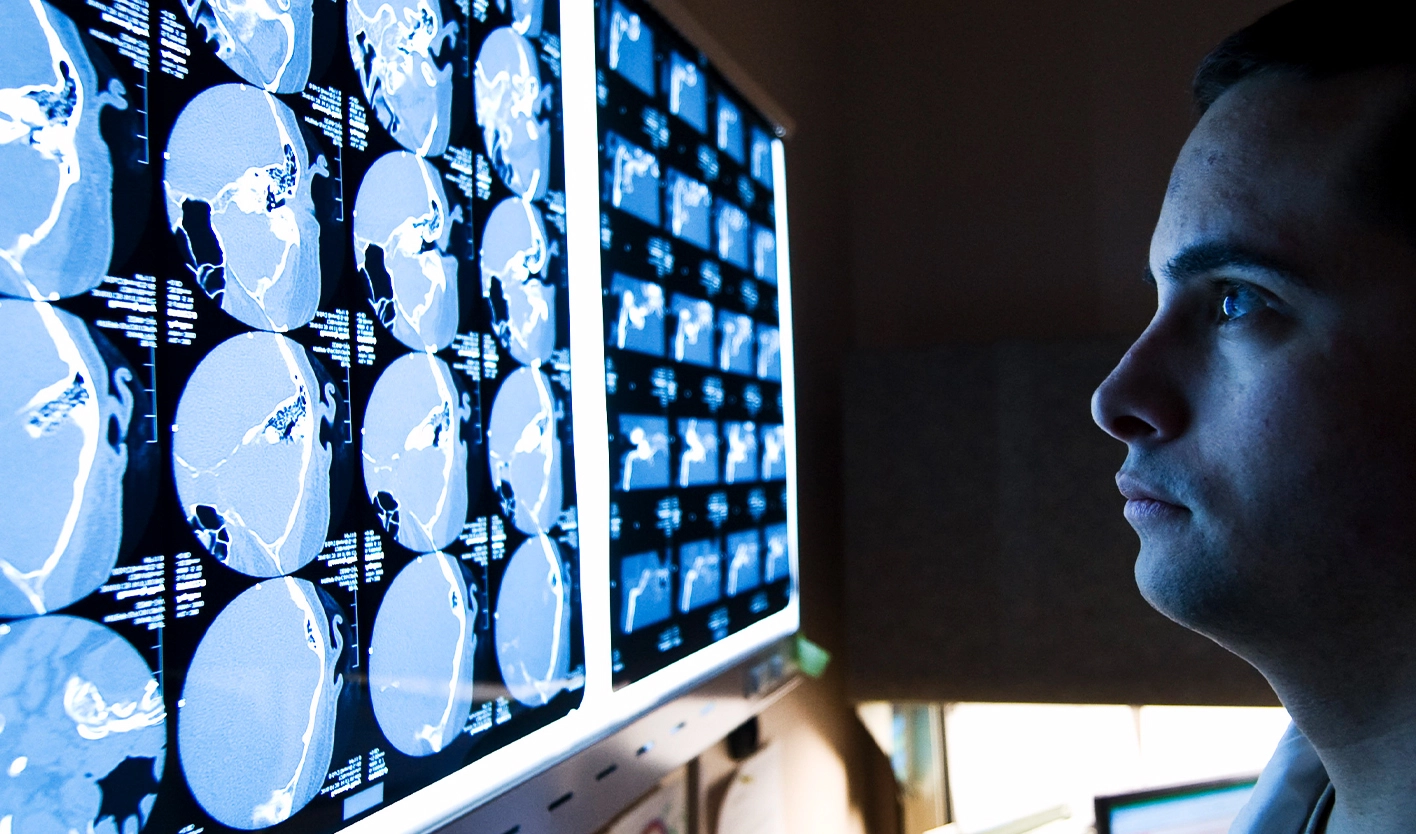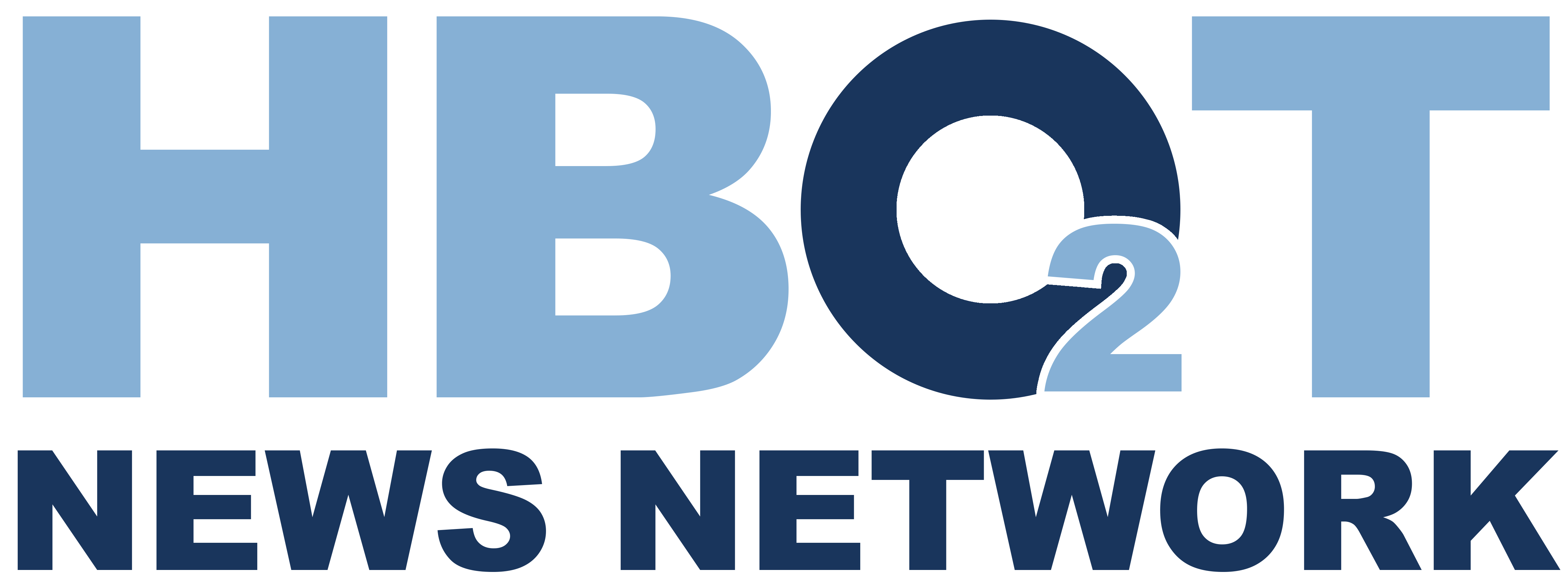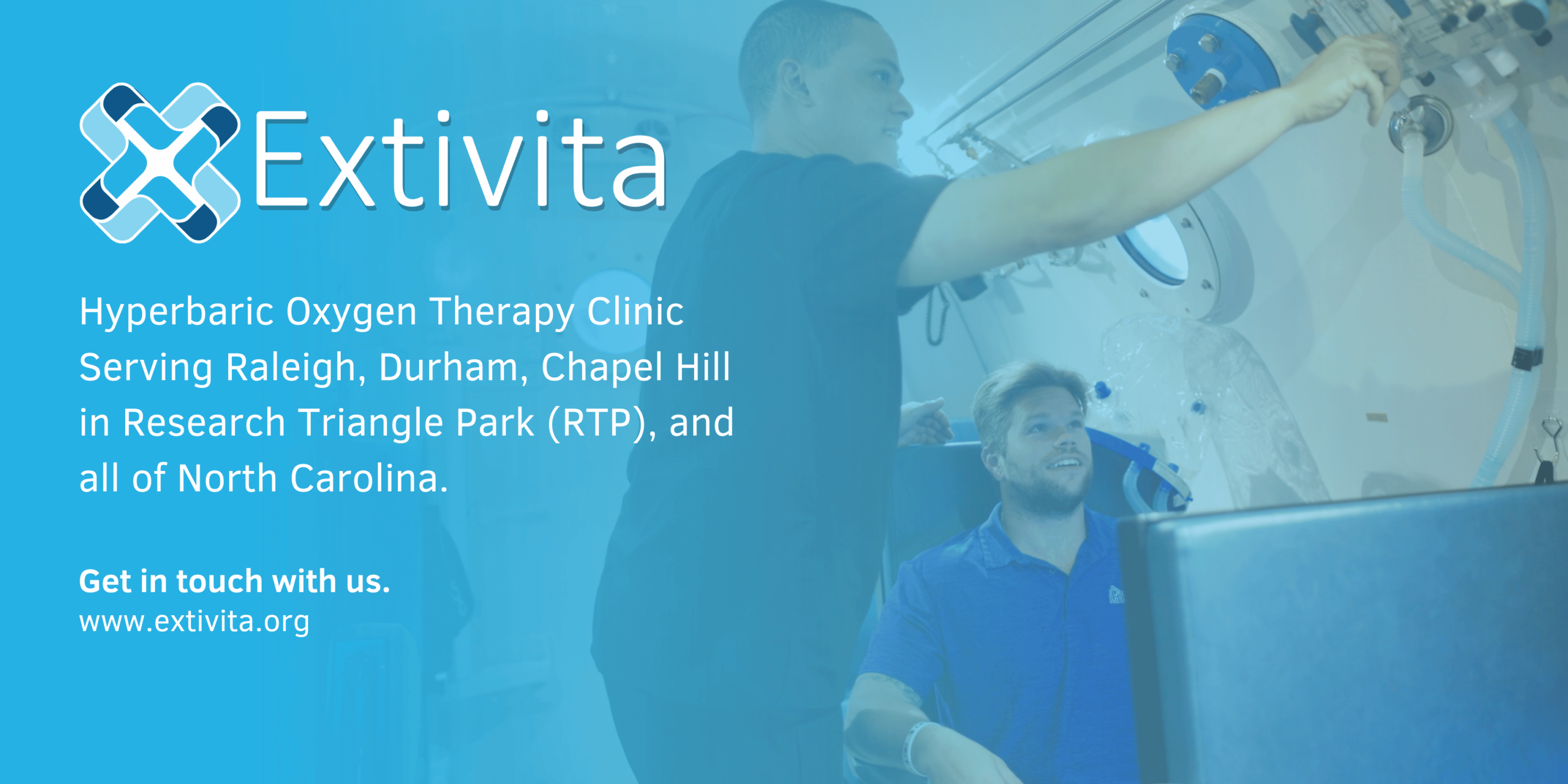
On a recent 60 Minutes segment, the story of Navy SEAL Ryan Larkin shed light on an invisible enemy many veterans face—brain trauma caused by repeated low-level blast exposure. Unlike visible battlefield wounds, these injuries often go undiagnosed, misattributed to PTSD, or misunderstood, leaving service members without proper care.
Larkin, a highly decorated SEAL with four combat deployments, wasn’t injured by direct enemy fire—but by the very weapons and breaching tactics used in training and missions. His exposure to repeated concussive blasts led to a downward spiral of hypervigilance, cognitive dysfunction, depression, and emotional instability—all classic signs of traumatic brain injury (TBI).
Despite his elite service, his symptoms were dismissed. In 2017, Ryan took his own life. His final act of service was requesting that his brain be donated to science. The findings were shocking: microscopic scarring in areas responsible for mood, sleep, and executive function—clear evidence of brain trauma linked to blast overpressure.
The Link Between Blast Exposure and Brain Injury
Larkin’s case, along with mounting research, highlights the growing crisis of undiagnosed brain injuries among veterans and active-duty military personnel. Studies now confirm that:
- Blast overpressure (BOP) from breaching explosives, heavy weapons, and IEDs can cause microscopic brain damage—even without direct impact.
- TBI symptoms can mimic PTSD, leading to misdiagnoses and ineffective treatments.
- Standard imaging (CT scans, MRIs) often fails to detect the microscopic injuries caused by repeated low-level blasts.
Larkin’s story is not unique—thousands of veterans suffer from similar invisible wounds. Yet, traditional treatments focus on symptom management rather than addressing the root cause: neurological damage.
Could HBOT Offer a Solution?
One promising treatment gaining attention is Hyperbaric Oxygen Therapy (HBOT)—a therapy that delivers 100% oxygen in a pressurized chamber to promote brain healing, reduce inflammation, and stimulate neuroregeneration.
A study from LSU Health Sciences Center led by Dr. Paul Harch found that veterans with TBI and PTSD who underwent HBOT experienced significant improvements:
✅ Over 50% no longer met PTSD diagnostic criteria after treatment.
✅ 10 out of 12 veterans who had suicidal thoughts reported those thoughts disappearing post-HBOT.
Source: Harch PG, Fogarty EF. “Hyperbaric Oxygen Therapy for Post-Concussion Syndrome and PTSD in Veterans”. Medical Gas Research, 2020.
This emerging research suggests HBOT could be a game-changer for veterans suffering from TBI-related cognitive and emotional struggles.
The Need for Policy Change & Awareness
Ryan Larkin’s case has fueled new research, legislative discussions, and policy changes around brain injury diagnostics and treatment for veterans. However, many in the military medical community still do not recognize HBOT as a standard treatment for TBI.
- Veterans deserve better access to alternative therapies like HBOT.
- Policy leaders must fund and expand HBOT programs for brain injury treatment.
- The conversation must shift from managing symptoms to healing brain trauma.
For every Ryan Larkin, there are thousands more suffering in silence. It’s time to ensure they are seen, heard, and provided with effective treatments before it’s too late.
If You or Someone You Know Needs Help
Call or text 988, then press 1 for the Veterans Crisis Line
Veterans can also call 1-800-273-8255
Learn More About HBOT & TBI Treatment
- HBOT4Heroes.org – Learn how veterans can receive free HBOT treatment.
- HBOT News – Research & Studies – Stay updated on the latest HBOT breakthroughs.
- CBS News – Ryan Larkin’s Story – Watch the 60 Minutes feature.
- NIH – HBOT for PTSD & TBI – Read the peer-reviewed research.

